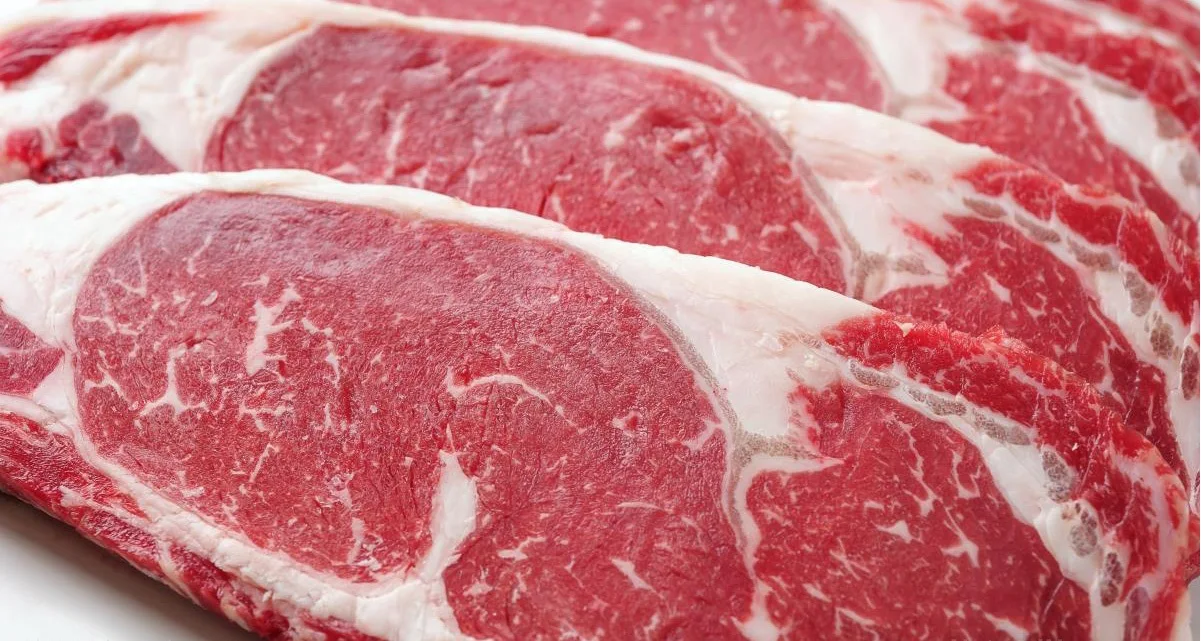National Beef, one of America’s largest meatpackers, has warned that the price of beef will continue rising at least for the next two quarters.
The Kansas City-based beef processing company, whose parent is Brazilian food processing giant Marfrig, noted that it is expecting stable margins for the next two quarters. This suggests that their operating costs, such as the price of cattle, are increasing.
CoBank, which provides financial services to cooperatives and agribusinesses, believes the elevated meat prices will continue through the rest of 2022.
To maintain its profit margins, National Beef will have to pass on the added costs to consumers. “Cattle prices will go up, and beef prices will go up with them,” said Tim Klein, head of Marfrig’s operations in the United States, during an earnings interview. (Related: Tucker Carlson: America could experience FOOD SHORTAGES very soon.)
But corporations like Marfrig are still earning less even as they continue to pass on added expenses to consumers. Marfrig’s net income fell by 61 percent from last year even as U.S. operations continue to report record growth.
Wages not rising in tandem with the cost of food
The cost of meat is currently rising at its fastest rate in over four decades. The average price of ground beef in American grocery stores has risen by 18 percent compared to a year ago. Compared to last month, the price of red meat surged by 13.8 percent.
If the wages of red meat consumers are unable to deal with the added expense of purchasing red meat, CoBank noted that they will likely “trade down” at the meat case, opting to buy cheaper meat options like chicken. Klein advised that American shoppers may be able to adapt to the rapid inflation by switching to eating less expensive cuts of red meat.
In New York, Frank Ottomanelli, owner of S. Ottomanelli & Sons Prime Meats, said the inflation crisis has forced him to raise prices between five to 10 percent.
Ottomanelli said he has tried to do everything to keep his store’s prices “down as much as possible” because he did not want to be too much of a burden to his loyal customers, all of whom are also having to deal with the rising price of rent, gas and other food products.
“We have a legion of customers coming into Ottomanelli for years and years and years. We want to keep the customer base,” said Ottomanelli. “We didn’t want to scare them away, so we did everything possible for them to keep coming back again.”
Ottomanelli pointed out that the price hikes are “not in proportion” to what ordinary people are earning. “We have inflation that’s causing things to go up even further than what they’re making,” he said.
Real average hourly earnings in March decreased by 0.8 percent compared to the previous month. The month-over-month inflation increase of 1.2 percent eroded the 0.4 percent total wage gain American workers experienced. Year-over-year, real earnings fell by 2.7 percent in March, largely due to the inflation crisis.
The U.S. Department of Agriculture’s (USDA) latest Food Price Outlook showed that grocery prices have increased at the fastest rate in 10 years. Retail grocery prices in March were 10 percent higher compared to the same time last year.
USDA economist Matt MacLachlan explained that grocery price inflation this year was initially only expected to be between 1.5 to 2.5 percent. Upon seeing the current inflation rates, the department has since raised its projections to a yearly inflation rate of between five to six percent.
Restaurant prices are also predicted to increase by 5.5 to 6.5 percent this year. This would mark the third year in a row that all food prices would increase more than the 20-year average of 2.4 percent. The food products to be worst hit by the massive price increases will be beef, poultry, eggs, dairy and fresh fruits.
The USDA is currently blaming inflation on the substantial increase in the price of fuel, the Russian invasion of Ukraine and the ongoing avian flu outbreak in the United States.
More related news can be found at FoodInflation.news.
Watch this episode of the “Health Ranger Report” as Mike Adams, the Health Ranger, talks about how Americans are increasingly waking up to the reality of food shortages in the United States.
This video is from the Health Ranger Report channel on Brighteon.com.
(Article by Arsenio Toledo republished from Citizens.news)
